
Wholesale inert ceramic ball manufacturer
Our company is a factory that has been specializing in the wholesale and production of inert ceramic balls for many years. Due to our professionalism, the quality is more reliable. As we sell directly from the factory, the wholesale price of inert ceramic balls is more competitive.
Wholesale price of inert ceramic balls
The price of inert ceramic balls is generally around 400 US dollars per ton, which is the factory price. However, when exporting inert ceramic balls, the costs of many other categories also need to be included. For the specific wholesale price of inert ceramic balls, please inform us of your specific requirements, specifications, quantities, destinations, packaging methods, etc
Contact information
E-mail :lizhi@pxball.cn
Wechat ID: pxlizhi
Or leave a message on the website

How to judge the quality of inert ceramic balls?
Appearance inspection: Observe whether the surface of the ceramic ball is smooth and flat, without obvious cracks, bubbles, depressions or other defects, and the color should be uniform and consistent. Meanwhile, use tools such as calipers to measure the diameter of the sphere, ensuring that the particle size error is within the standard range (such as ±0.1mm), to guarantee uniform voidage after filling and avoid affecting the fluid distribution or the operational efficiency of the equipment.
Physical property test: Through the compressive strength test, pressure is applied to a single ceramic ball using a press, and the pressure value at the time of rupture is recorded. The higher the compressive strength value of the alumina ceramic ball, the less likely it is to break under high-load conditions. In addition, test the density and water absorption rate. The density should comply with the material standards
Chemical stability assessment Place the ceramic balls in a solution of a specific concentration of strong acid (such as 10% hydrochloric acid) or strong alkali (such as 10% sodium hydroxide), and soak them under specified temperature and time conditions (such as soaking at 90℃ for 24 hours). After taking them out, observe whether there is corrosion or peeling on the surface and calculate the weight loss rate. If it exceeds the industry standard (such as 0.5%), it indicates that its chemical resistance is insufficient. Not suitable for strongly corrosive environments.
High-temperature resistance performance test: Place the ceramic balls in a high-temperature furnace and heat them at a certain heating rate to the target temperature (such as 1200℃) and maintain the temperature. Observe whether the balls deform, crack or soften. After cooling, test whether their compressive strength has decreased to ensure structural stability under high-temperature working conditions.



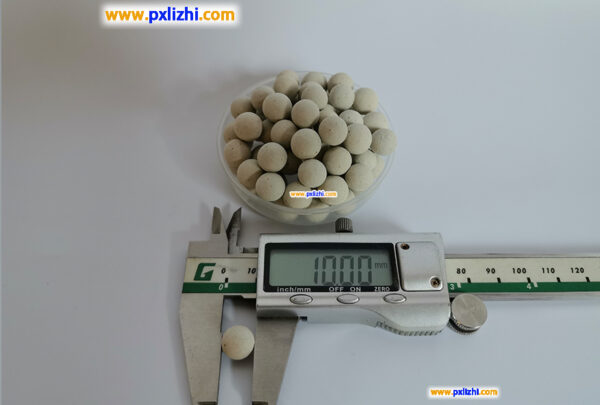
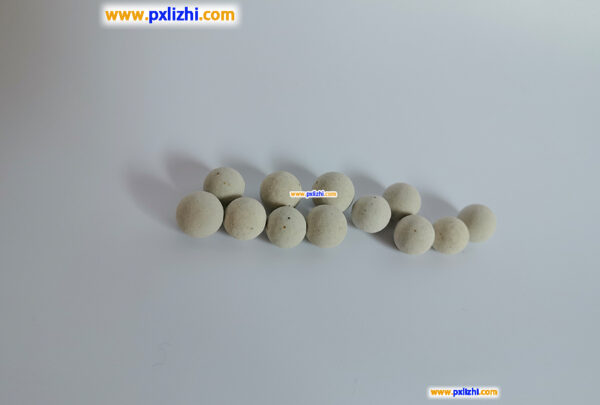
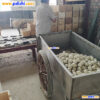
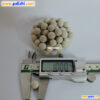

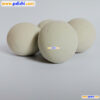

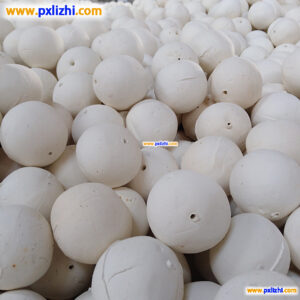
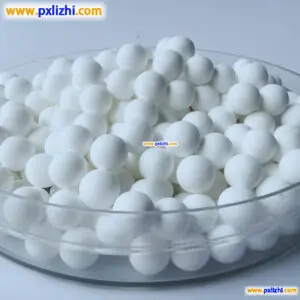

Reviews
There are no reviews yet.